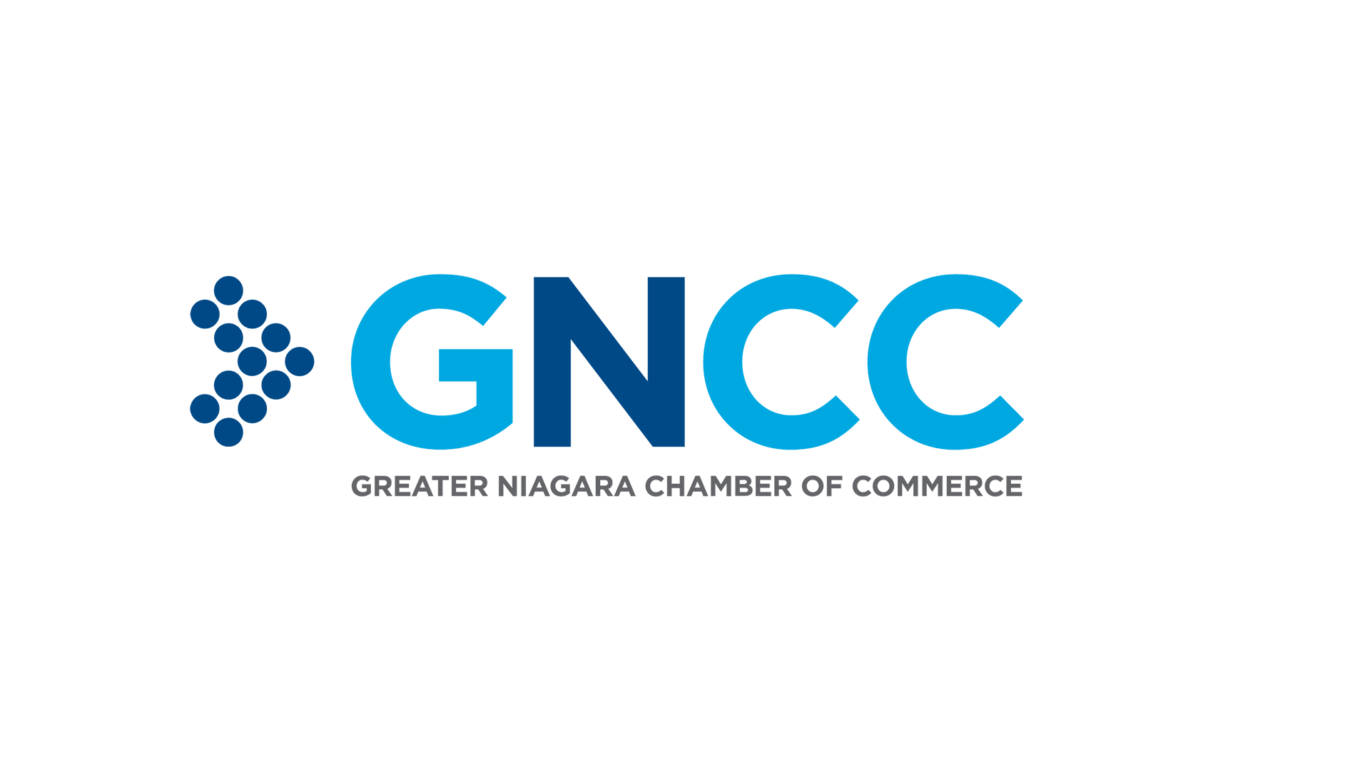Background
The Government of Ontario has announced its intent to review the two-tier government relationship in a number of municipalities, including Niagara.
Of all Ontario census divisions with populations over 250,000, Niagara has the highest number of municipal politicians per capita. The average is 10 elected officials per 100,000 residents; Niagara has 28. The number of Niagara regional councillors per 25,000 residents varies from 1.1 to 3.9 in Niagara. This effectively creates a democratic deficit for certain municipalities.
The large number of elected officials in Niagara, many representing small communities, necessitates that almost all of them serve part-time. Complex and difficult decisions are less likely to be well-made where the decision-makers lack time, resources, and staff to assist them. This also has the effect of increasing the influence of the unelected bureaucracy.
A recent FAO report showed the significant impact that the climate crisis will have on municipal infrastructure maintenance alone. This is a strong example of how resources need to be marshalled and decision-making ability improved to cope.
Previous efforts at locally defined governance reform have been abortive. No action was taken following a consultation in 2000, and “dual-direct” elections proposed in St. Catharines and Thorold failed in 2017. A Provincial offer of funds to study means of improving efficiency in 2019 was used to audit internal processes and government departments, which is welcome, but did not address the question of governance. Niagara Region recently announced the creation of dedicated offices for attainable housing and shared services, which will hopefully produce efficiencies at the local level.
Niagara has a mixed composition, with three urban centres and nine rural municipalities. This creates a disparity in levies and service delivery. Rural municipalities, lacking an industrial base for revenue and representing a large geographical area, may struggle to deliver services if the government structure is rearranged.
Concerns regarding preserving the ‘character’ of a municipality in the event of a merger have been raised, but it should be noted that many municipalities are already the product of past mergers, and this has had little impact on the ‘character’ of neighbourhoods. It is common, for example, for St. Catharines residents to identify as being from Port Dalhousie or Merritton, or for Lincoln residents to identify as being from Jordan or Beamsville. That these communities no longer exist legally has not prevented a sense of community identity and spirit.
From a business perspective, the two-tier government of Niagara can sometimes pose problems, most significantly when responsibilities overlap. While individually effective, municipal government inefficiency tends to arise at the point of liaison between the tiers.
Recommendations
Governance reform in Niagara must be seen as a means to an end, which will allow greater effectiveness in tackling local issues such as housing or the infrastructure backlog, improved future resilience, and tax savings and/or better service delivery for local residents, businesses, and non-profits. Therefore, we recommend the following:
- Notable recent examples of cooperation and service sharing exist, such as the regional transit system and some fire and library service mergers. However, continuing this process of shared services and finding efficiencies under the present structure depends upon the will of local municipal governments, which could change. A structural revision of the number of municipalities and/or elected officials represents an opportunity to permanently address the following:
- Improve cooperation and coordination
- Reduction in the overlap of service delivery
- Consistent long-term strategies
- Address municipal inequities and realize economies of scale
- More consistent and balanced access to municipal skill sets and talent
- Regardless of the political structure, overlap and duplication of government services and jurisdictions should be eliminated, and a clear delineation of powers created. We suggest that some roles, such as economic development or public procurement, may be more effective under a single tier of government.
- In light of the Government of Ontario’s prioritization of the province as a place to do business and of red tape reduction, that Niagara’s business community be well-represented in consultations on the governance structure of Niagara and the processes of any further reform.
- The status of the 2019 report by Michael Fenn and Ken Seiling as secret under the Freedom of Information and Privacy Act, 1990 should be reversed, and the report made public. This report represents a broad survey of municipal performance in southern Ontario, along with 8,500 public submissions, and is a key document for informed decision-making.



